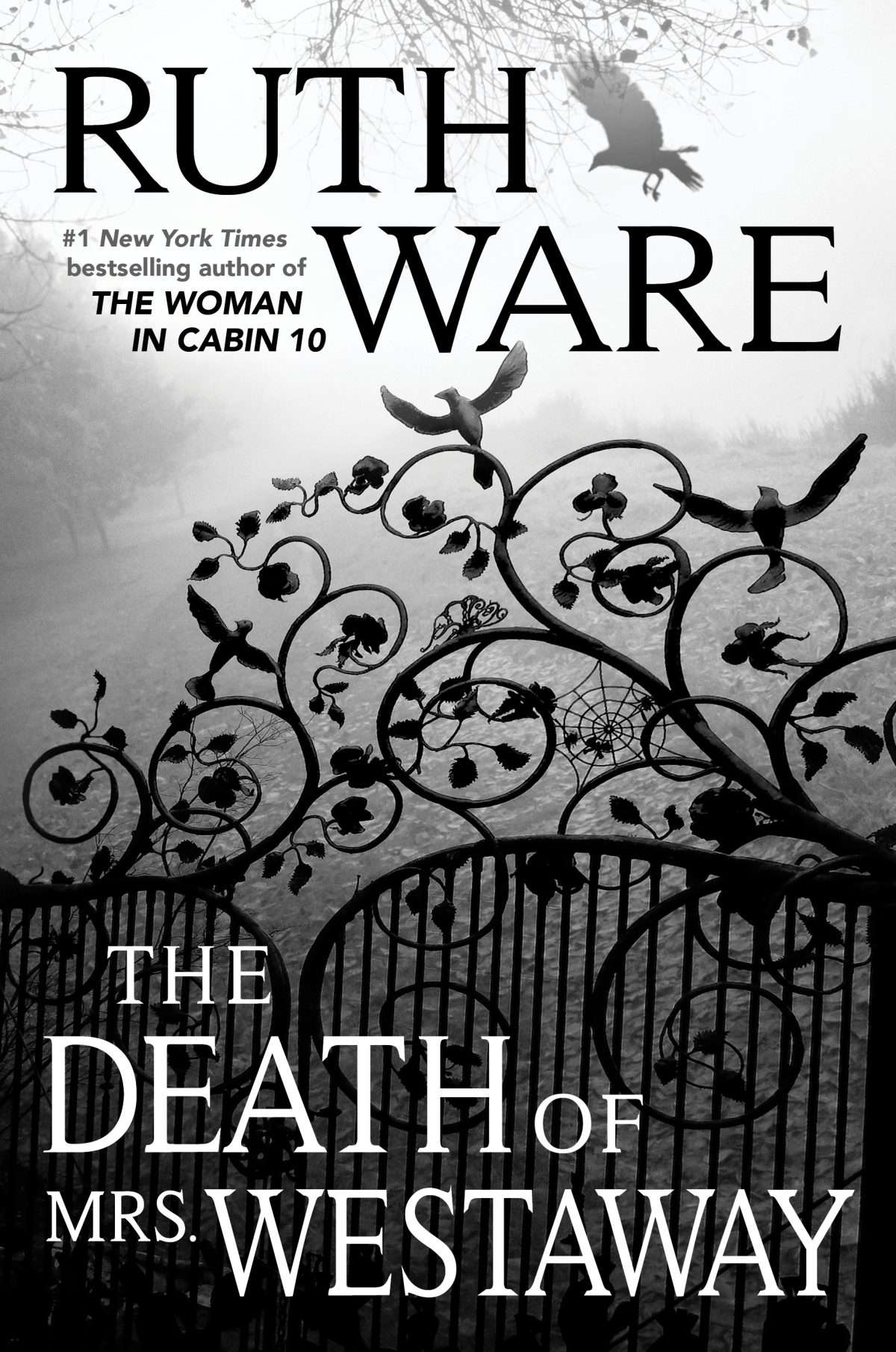When I was writing my book, A Jazz Age Murder in Northwest Indiana (History Press), about Nettie Diamond, a wealthy widow and pharmacist who was murdered by her fifth husband, a much younger bootlegger named Harry in Indiana Harbor on Valentine’s Day 1923, one of the things I learned was that it was relatively easy to get a permit during Prohibition to buy medicinal alcohol and distribute it.
That may be why I’m finding a new book, Lost Recipes of Prohibition: Notes from A Bootlegger’s Manual by Matthew Rowley (The Countryman Press 2015; $27.95) to be a fascinating read.
Rowley, who describes himself as specializing in folk distilling and the manufacture and distribution of illicit spirits, was given an old book titled The Candle and The Flame, The Work of George Sylvester Viereck. The interior didn’t contain any poems by Viereck, a popular poet up until his pro-German sensibilities during World War I made him a pariah in the U.S. Instead, the book’s once blank pages contained a plethora of handwritten distilled spirit recipes procured and preserved by a New York pharmacist named Victor Alfred Lyon.
As for Harry, he wasn’t supposed to sell alcohol for non-medicinal purposes like he did—by adding real spirit company labels to his own bottles…but that was Harry who also. According to Rowley, many pharmacists made alcoholic concoctions to help ailing (or just plain thirsty) customers and many distilleries were allowed to continue to operate to provide product. Rowley points out that during Prohibition, the sale of sacramental wine went sky high as people suddenly became much more religious.
Lyon’s recipes were collected from a variety of sources and at the time he was gathering them, some were a century or so old. Rowley organized the recipes in chapters such as Absinthe, Cordials, and Bitters and Gin; Compounding Spirits and Gin, Whiskey and Rum.
Less a cookbook than a history and how-to of spirit making, Rowley does include many of Lyon’s recipes from a simple cocktail that silent screen movie star Mary Pickford enjoyed to the complex (and supersized) such as one for Rumessenz which calls for gallons of ingredients and was used by wholesalers, barkeepers, importers and exporters to make an essence of rum they could use for adding the aroma and tastes of rum to a batch of plain alcohol creating a higher profit margin. That’s similar to what Harry Diamond did as well and at his trial he told the court he made about $20,000 a month from bootlegging.
Here’s one of the book’s recipes.
Lanizet: Sour Mash Cajun Anisette
3 quarts water
25 ounces sugar
½ teaspoon anise oil
½ tablespoon vanilla extract
½ teaspoon red food coloring
3 cups bourbon or Tennessee whiskey
5 to 7 pounds ice
Pour 1 ½ quarts of the water in a medium stockpot. Note the depth of the liquid. Later, you will boil the syrup to this height. For now, pour in the remaining water and all the sugar. Bring to a boil, stirring until sugar is dissolved. Lower the heat and simmer until the liquid reduces to 1 ½ quarts, 50 or 60 minutes, stirring occasionally. Remove from the heat.
While the syrup is simmering, sterilize five new or well-scrubbed 1-pint canning jars in a deep pot or canning pot. Leave the jars in the hot water until you’re ready to use them. Wash and boil the lids and rings according to the manufacturer’s directions.
When the syrup reaches that 1.5-lquart mark, turn off the heat and remove the pot from heat. Stir in the anise oil, vanilla and food coloring until thoroughly mixed, then stir in the whiskey. Remove the jars from their hot water bath with tongs. Place the jars (don’t touch with your bare hands) on a wooden surface or folded towels and immediately pour the crimson liquid into the jars up to 1⁄2 inch from the tops. Wipe any dribbles or spills from the rims with a clean, damp cloth and place hot lids on top with sealing compound down; screw on the metal rings firmly but not too tightly.
Line your sink with a damp dish towel; it will prevent the hot jars from breaking when they touch the cool surface. Immediately place the jars upright in the sink, then slowly fill it with cool tap water so it covers the jars. As the jars cool, you’ll hear a series of metallic pops and pings; that’s a vacuum forming in each jar. When the jars are cool to the touch, after 5 to 10 minutes, place them upright in a tub of ice, with ice to top off the jars, to cool the anisette as quickly as possible. Once contents of jars are well chilled, about 1 hour, remove the jars from the ice. Label and date the jars, then store upright in a cool, dark place.
Yield: 5 pints
From Lost Recipes of Prohibition.




